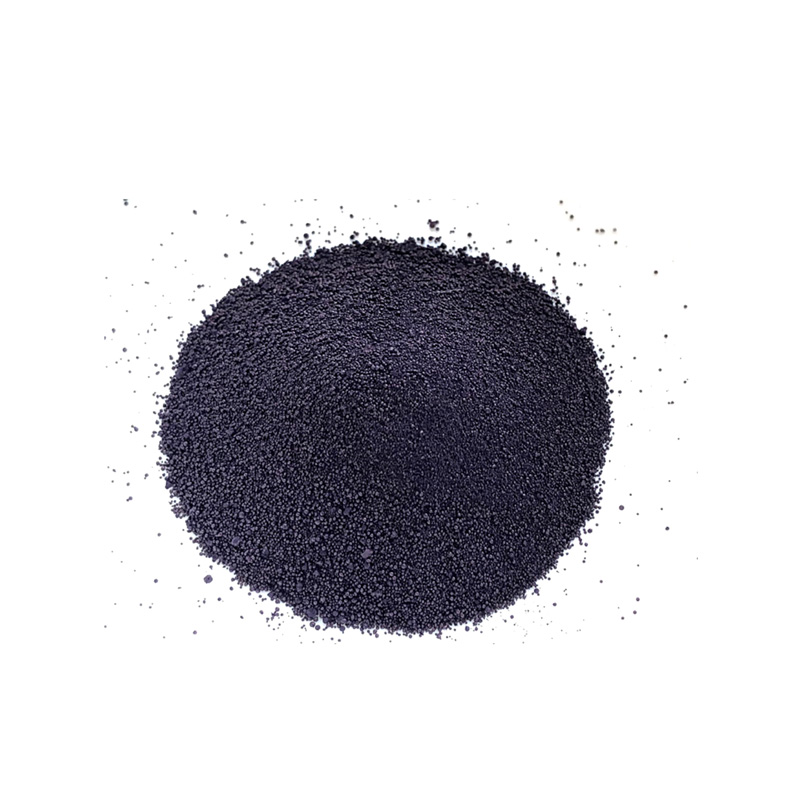Traditions of Natural Indigo Dyeing in Renowned Fabrics Across Cultures
The Rich Heritage of Natural Indigo Dyed Fabric
Natural indigo dyed fabric boasts a rich history that resonates through various cultures around the world. This vibrant blue dye, extracted from the leaves of the indigo plant, has been a sought-after commodity for centuries. Mysterious and alluring, indigo has shaped the textile traditions of many civilizations, from ancient times to modern-day fashion.
Indigo dyeing, one of the oldest dyeing techniques, dates back over 6,000 years. Evidence of indigo use has been discovered in Egypt, where mummies were adorned with indigo-dyed textiles, and in India, where the art of dyeing fabric with natural indigo flourished. The plant, scientifically known as Indigofera tinctoria, thrives in tropical and subtropical climates, making it a staple in regions such as India, West Africa, and Japan.
The Rich Heritage of Natural Indigo Dyed Fabric
Each region boasts its own unique methods and traditions associated with indigo dyeing. In Japan, the practice is elevated to an art form known as Aizome. Artisans employ intricate techniques such as shibori (tie-dyeing) to create stunning patterns and textures. The deep blue tones achieved through this method are highly valued and often sought after by fashion designers around the world. Similarly, in West Africa, indigo has profound cultural significance. The dye is often used in traditional garments and is believed to hold spiritual power, symbolizing purity and protection.
famous natural indigo dyed fabric

Despite its historic significance, natural indigo faces competition from synthetic dyes that have dominated the market due to their cost-effectiveness and ease of use. However, the tide is turning as consumers become more conscious of sustainability and the environmental impact of their choices. The resurgence of interest in natural dyes, particularly indigo, reflects a growing desire for eco-friendly textiles and a return to artisanal craftsmanship.
Today, many designers and brands are embracing the beauty and sustainability of natural indigo. They are reviving traditional techniques, often collaborating with local artisans to preserve and celebrate this ancient craft. The result is a fusion of contemporary design and age-old methods, yielding unique and timeless pieces that tell a story.
Natural indigo dyed fabric is not just a textile; it is a narrative woven into the fabric of our cultural heritage. Each piece carries its own history, influenced by the environment, the techniques used, and the hands that crafted it. Wearing indigo is akin to donning a piece of history, an embodiment of the beauty of nature and the ingenuity of human creativity.
In conclusion, the allure of natural indigo dyed fabric continues to thrive in the modern world. As we move towards a more sustainable future, understanding and appreciating the value of traditional practices like indigo dyeing can help us forge a connection with our past while paving the way for a greener, more responsible future in fashion. The journey of indigo is far from over; it remains a vibrant symbol of cultural identity and a testament to the artistry of dyeing. Whether in a traditional garment or a contemporary design, indigo will always evoke a sense of timelessness, beauty, and connection to the earth.
-
The Timeless Art of Denim Indigo Dye
NewsJul.01,2025
-
The Rise of Sulfur Dyed Denim
NewsJul.01,2025
-
The Rich Revival of the Best Indigo Dye
NewsJul.01,2025
-
The Enduring Strength of Sulphur Black
NewsJul.01,2025
-
The Ancient Art of Chinese Indigo Dye
NewsJul.01,2025
-
Industry Power of Indigo
NewsJul.01,2025
-
Black Sulfur is Leading the Next Wave
NewsJul.01,2025

Sulphur Black
1.Name: sulphur black; Sulfur Black; Sulphur Black 1;
2.Structure formula:
3.Molecule formula: C6H4N2O5
4.CAS No.: 1326-82-5
5.HS code: 32041911
6.Product specification:Appearance:black phosphorus flakes; black liquid

Bromo Indigo; Vat Bromo-Indigo; C.I.Vat Blue 5
1.Name: Bromo indigo; Vat bromo-indigo; C.I.Vat blue 5;
2.Structure formula:
3.Molecule formula: C16H6Br4N2O2
4.CAS No.: 2475-31-2
5.HS code: 3204151000 6.Major usage and instruction: Be mainly used to dye cotton fabrics.

Indigo Blue Vat Blue
1.Name: indigo blue,vat blue 1,
2.Structure formula:
3.Molecule formula: C16H10N2O2
4.. CAS No.: 482-89-3
5.Molecule weight: 262.62
6.HS code: 3204151000
7.Major usage and instruction: Be mainly used to dye cotton fabrics.

